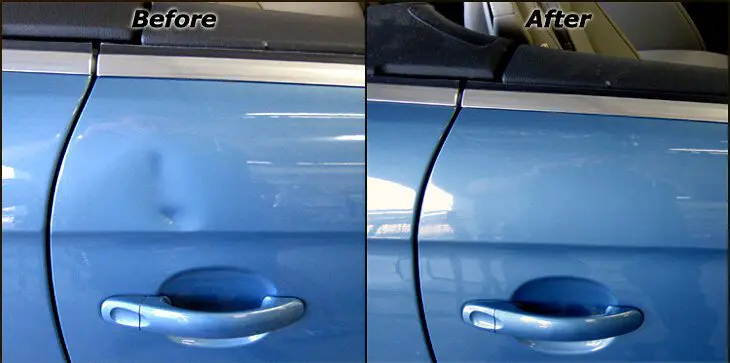Paintless Dent Repair (PDR) has revolutionized the automotive industry by offering a cost-effective and efficient solution for repairing dents without the need for repainting. In this article, we will delve into the intricacies of mastering PDR techniques, exploring its benefits, various techniques, step-by-step guide, and tips for achieving professional results.
Introduction to Paintless Dent Repair (PDR)
PDR is a method of repairing dents on vehicle panels without disturbing the paint finish. This technique utilizes specialized tools and techniques to gently massage the dent from the underside of the panel, restoring it to its original shape. One of the primary benefits of PDR is its ability to preserve the vehicle’s factory finish, resulting in a seamless repair that maintains the vehicle’s value.
Overview of PDR Techniques
- **Glue Pulling**: Involves attaching pulling tabs to the dent using specialized glue, then using a pulling device to gradually pull the dent out.
- **Push-to-Paint**: Utilizes specialized rods to access the backside of the dent and gently push it out from the inside.
- **Blending**: Involves blending the edges of the dent with the surrounding area to create a smooth surface.
- **Heat Shrinking**: Uses controlled heat to shrink the metal around the dent, gradually reducing its size.
- **Tapping**: Involves tapping the surface of the dent with a specialized tool to gradually reshape it.
Step-by-Step Guide to Performing PDR Effectively
- **Assess the Damage**: Begin by carefully inspecting the dent to determine its size, depth, and location.
- **Gain Access**: Use specialized tools to gain access to the backside of the dent, ensuring proper positioning for the repair process.
- **Select the Technique**: Choose the appropriate PDR technique based on the nature of the dent and the panel’s material.
- **Apply Technique**: Follow the specific steps for the chosen technique, applying gentle pressure and precise movements to gradually reshape the dent.
- **Evaluate Progress**: Continuously assess the progress of the repair, making any necessary adjustments to achieve optimal results.
- **Final Inspection**: Once the dent has been successfully repaired, carefully inspect the area to ensure a seamless finish.
Tips for Mastering PDR Techniques
- **Practice Regularly**: Like any skill, mastering PDR requires practice and repetition. Dedicate time to honing your techniques on various types of dents.
- **Invest in Quality Tools**: Ensure you have access to high-quality PDR tools and equipment, as they can significantly impact the outcome of your repairs.
- **Attend Training Workshops**: Consider attending workshops or courses led by experienced PDR technicians to learn advanced techniques and best practices.
- **Stay Updated**: Stay informed about the latest advancements and techniques in the field of PDR through industry publications, forums, and training seminars.
- **Attention to Detail**: Pay close attention to detail during the repair process, focusing on achieving a seamless finish that blends seamlessly with the surrounding area.
By following these guidelines and incorporating them into your practice, you can effectively master PDR techniques and achieve professional results that meet the highest standards of quality and craftsmanship.

